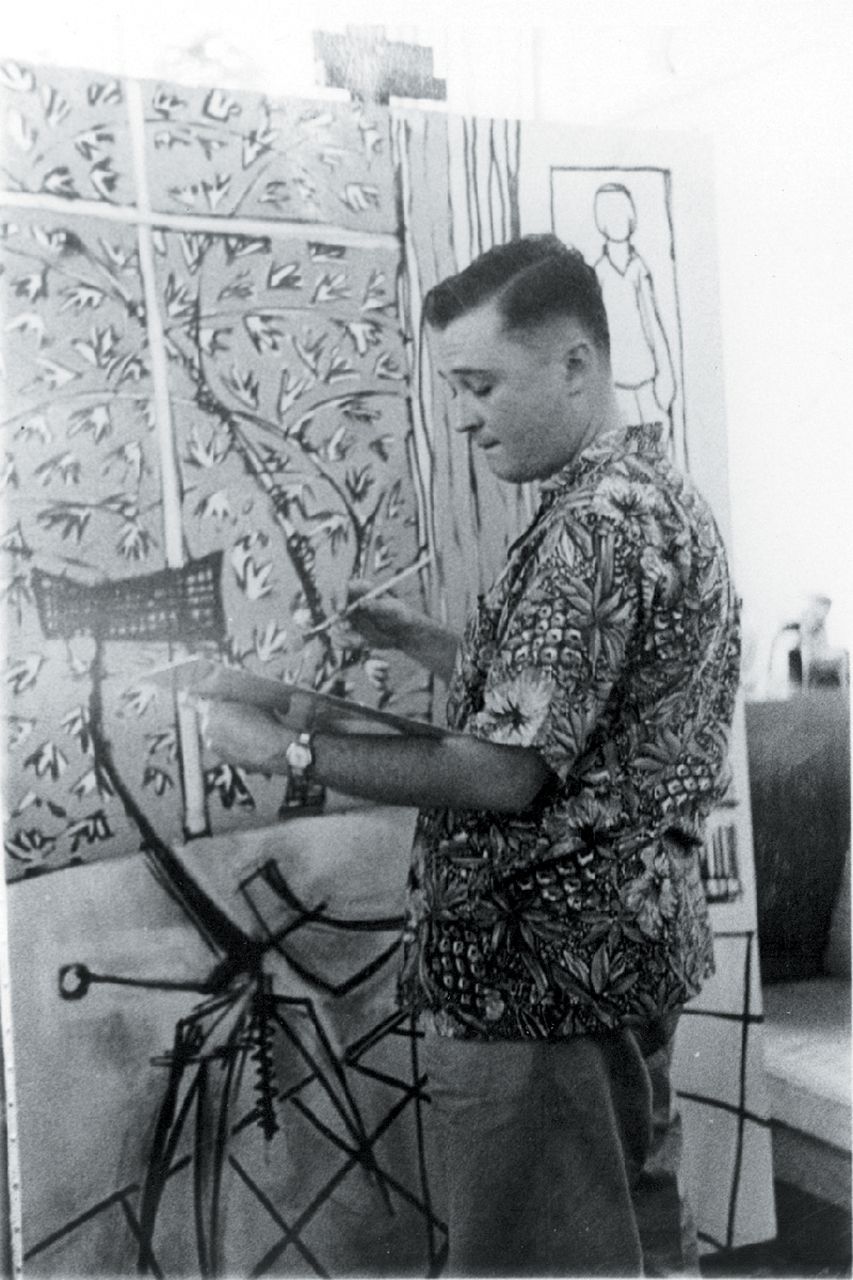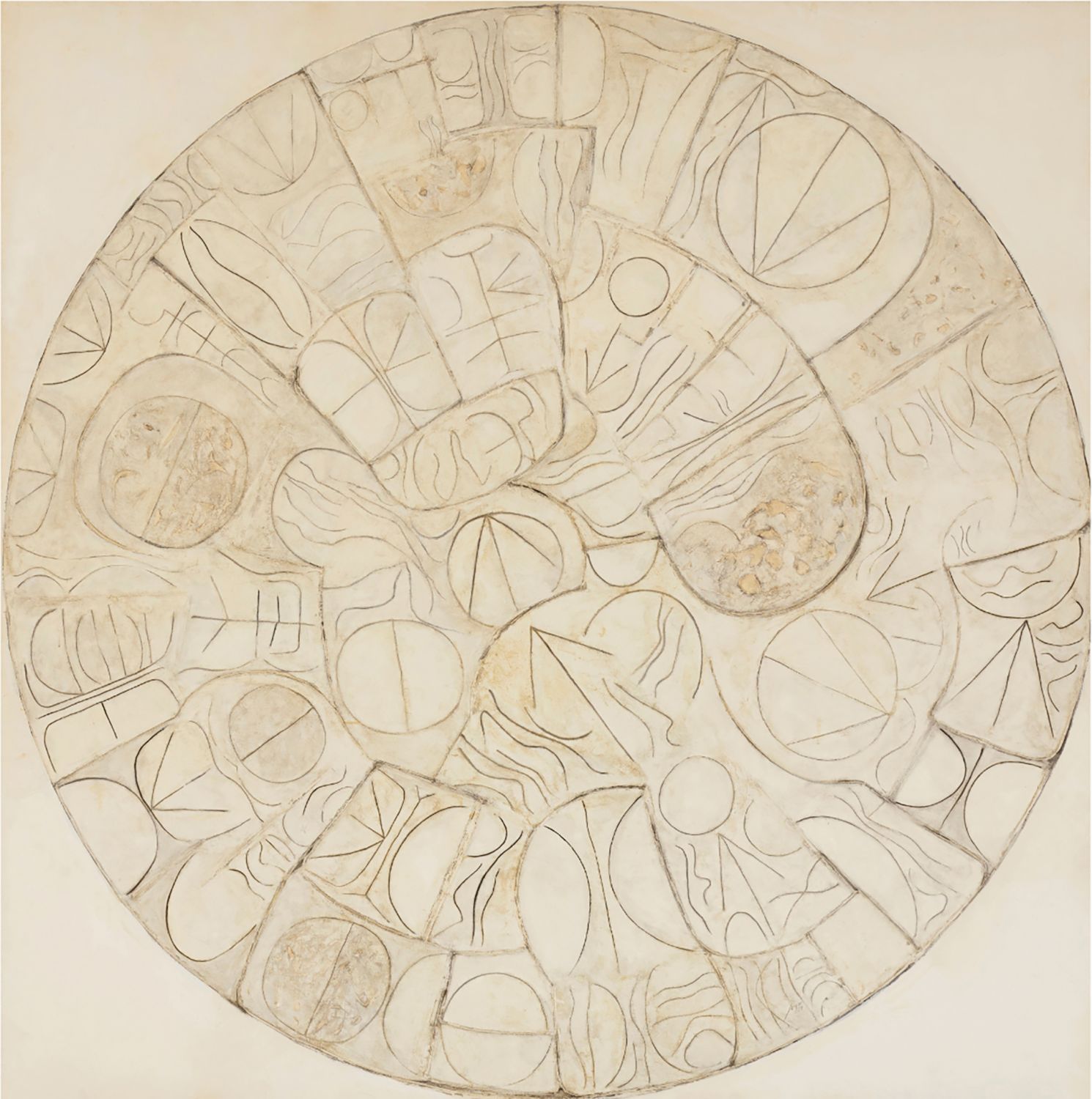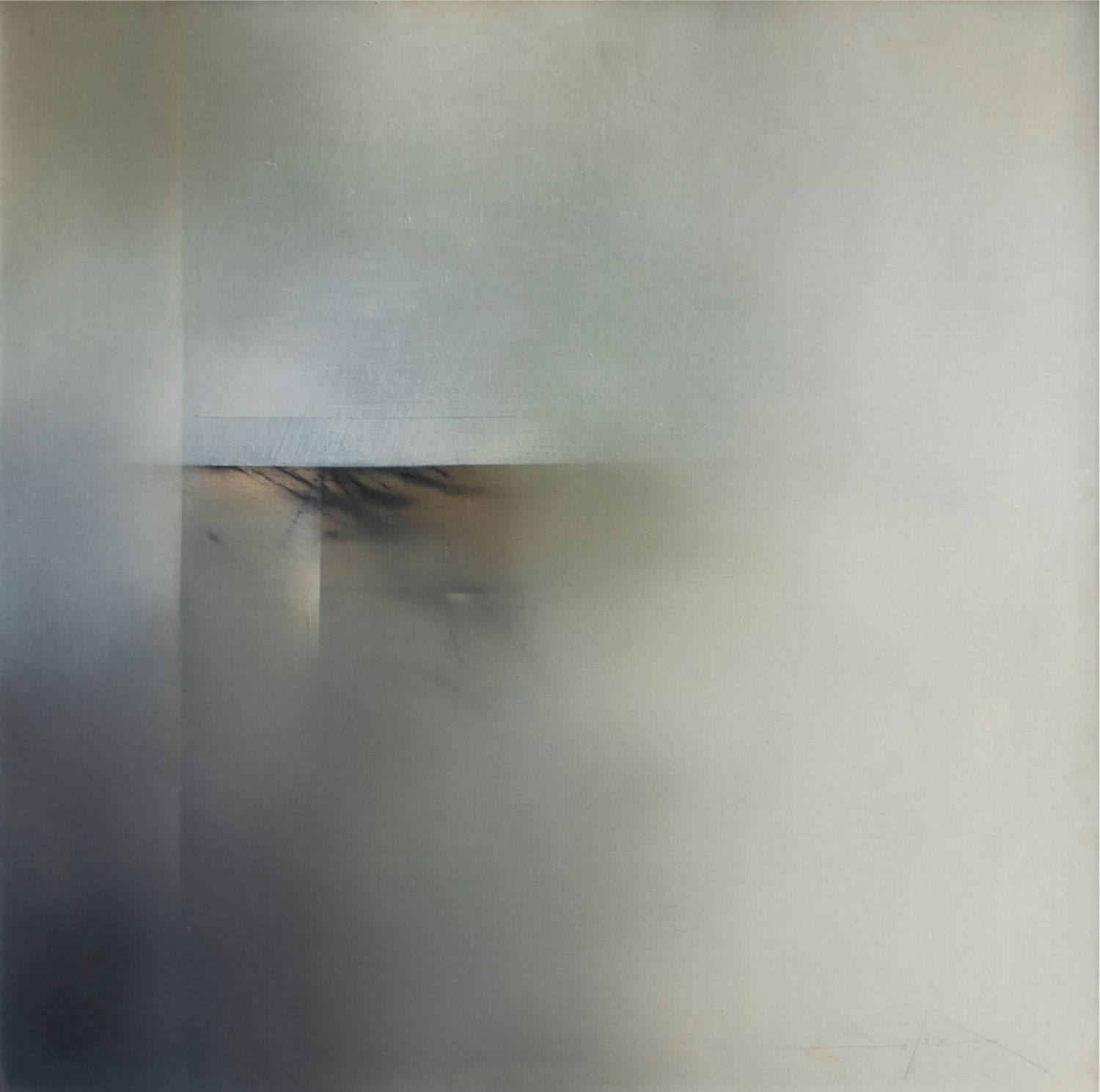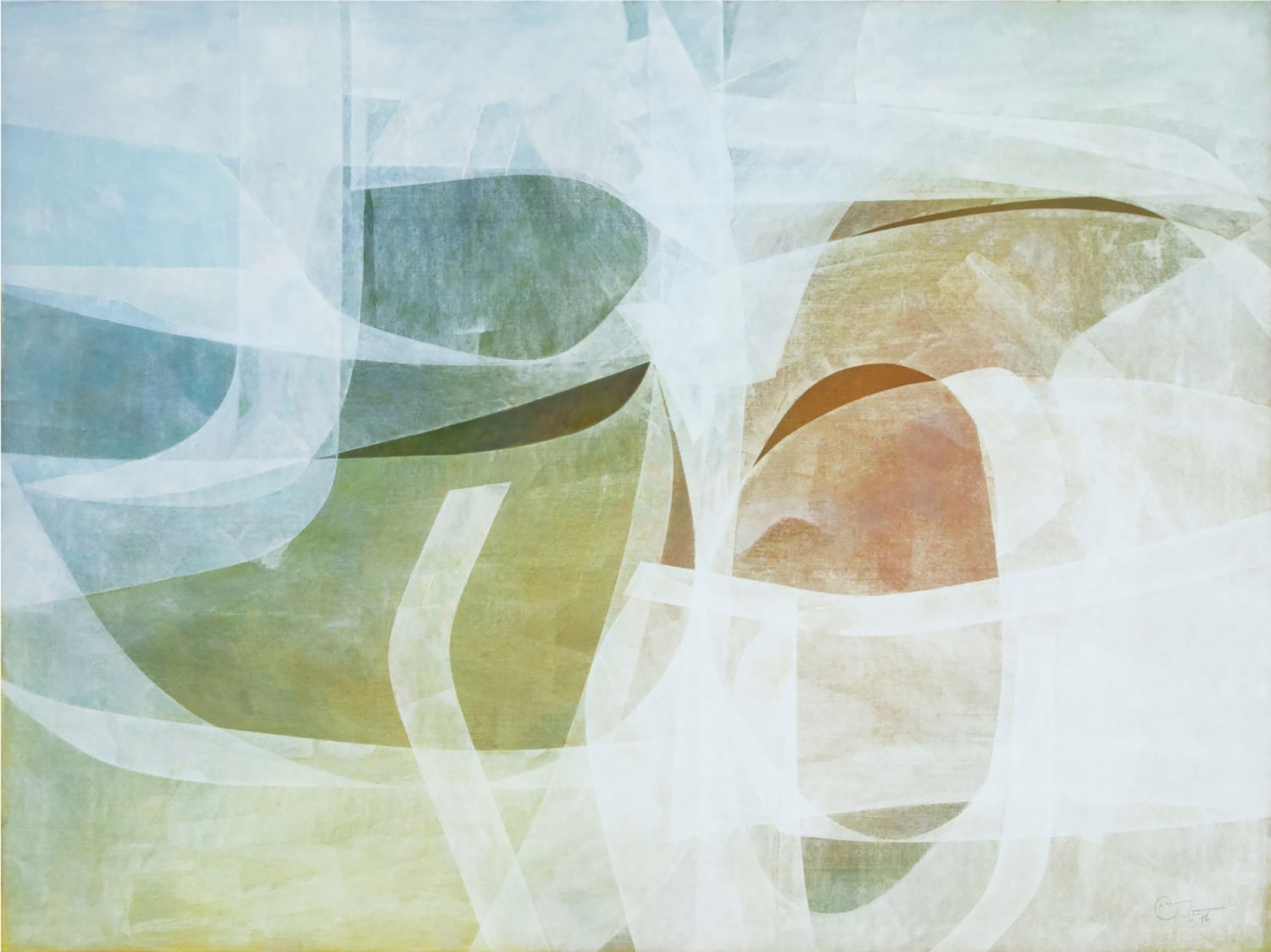Abstraction is one of, if not the highest, forms of art. It is a sublime art form, a portal into the mystical depths of our minds.
One of the most influential American painters of the 20th century, the revered abstract expressionist Arshile Gorky (1904–1948) once said: "Abstraction allows man to see with his mind what he cannot see physically with his eyes. . .Abstract art enables the artist to perceive beyond the tangible, to extract the infinite out of the finite. It is the emancipation of the mind. It is an exploration into unknown areas."
It comes as no surprise that market values of works by Filipino abstractionists have seen a meteoric upsurge throughout the past years, continuously setting and breaking records here and there. It is also not unsurprising that the country's leading auction house León Gallery's highly anticipated year-end sale is teeming with abstract works that will surely entice bidders to engage in fierce bidding battles. Works by revered abstractionists take the centrepiece in The Kingly Treasures Auction, happening on December 3, 2022, Saturday, at 2 pm.
Read also: Jaime Ponce de Leon: Connoisseur of the Finer Things

These artists prove that abstract art is not merely for purposes of aesthetics. Rather, it is an extension of the human soul, an ethereal praxis bridging the gap between the known and the unknown.
First on the list is the revered Fernando Zóbel. After his figurative phase in the 1950s, Zóbel veered towards abstraction in the late 1950s. This move resulted in his best-known and coveted series: Saetas, Serie Negra, and Serie Blanca. Zóbel explored various themes and techniques throughout his career, yet consistently traversed through the realms of his abstraction instincts. Zóbel's Luminosa II embodies Zobel's character as an ever-metamorphosing artist during his lifetime.
Read also: Fernando Zóbel: Get to Know the Artist and His Dreams




